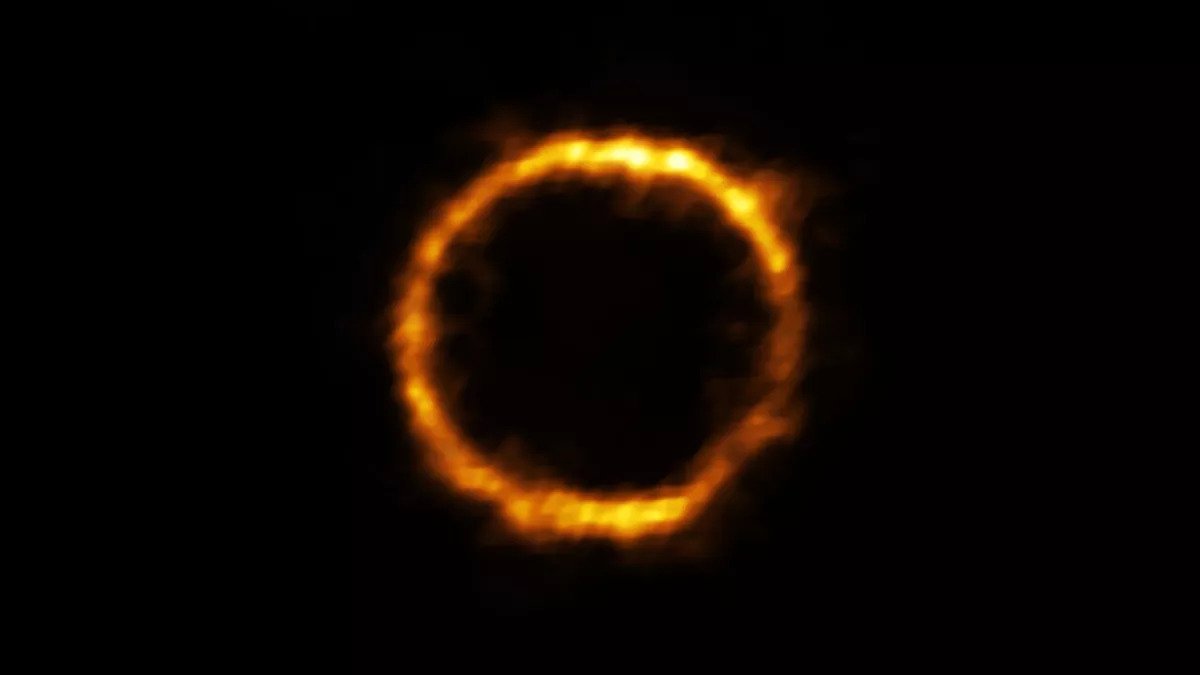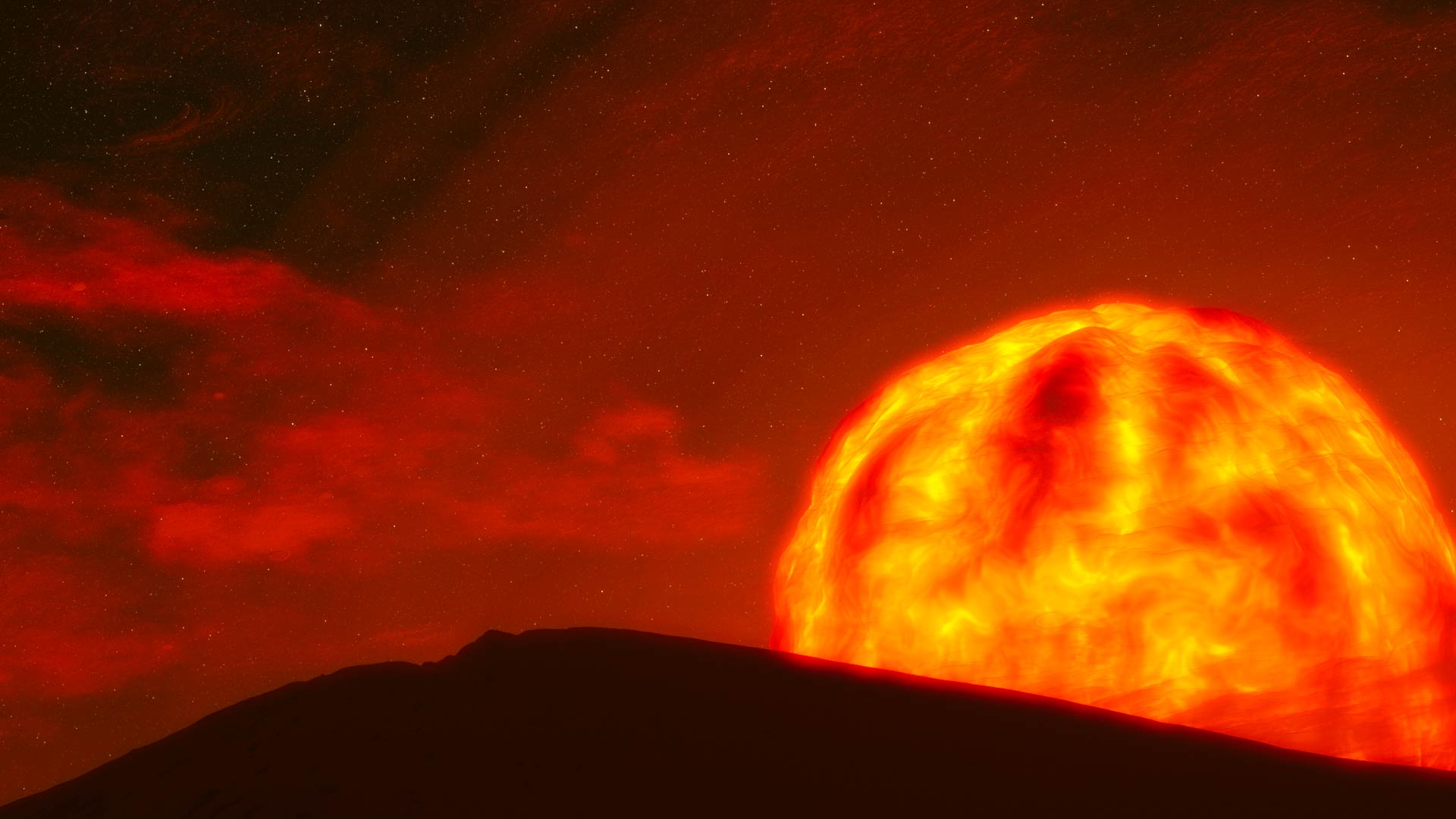Along with a well-known and very bright galaxy, a dwarf star system rich in various matter was found in the early Universe. Studies show that several generations of stars have already changed in it.

The image of the galaxy SPT0418-47, transformed by gravitational lensing into a ring. Source: ESO/NAOJ/NRAO, Rizzo et al. Neighbor of the giant system
Scientists working with data from the James Webb Space Telescope have published research data on an unusual dwarf galaxy that it saw in the early Universe. It was discovered while observing another star system — SPT0418-47.
It is known for its unusual brightness and abundance of dust. SPT0418-47 is located at a distance of 12 billion light-years from us, that is, we see it as it is less than 2 billion years after the Big Bang. Its light is bent and amplified by gravitational lensing.
When scientists pointed the James Webb Space Telescope at SPT0418-47, they saw a spot of light shining at its edge. It was another dwarf galaxy, designated SPT0418-SE. According to astronomers, it used to be eclipsed by the light of a larger galaxy.
Image analysis shows that SPT0418-SE is located 16 thousand light-years from SPT0418-47. For comparison, it is 10 times closer than the Magellanic clouds from the Milky Way. Therefore, these two star systems merge, or at least interact gravitationally.

Galaxy with several generations of stars changed
One of the most interesting features of SPT0418-SE is its unusual richness of various chemical elements. And this is very strange, because the formation requires stars exploding like supernovae. And this means that several generations of stars had to change in the dwarf system.
It is still unclear when this has happened. It was definitely known that SPT0418-47 was formed 1.4 billion years after the Big Bang. Therefore, its companion should be about the same age. And if the very interaction of two star systems well confirms all the assumptions about how the Universe evolves, then everything is not so simple with the stars themselves.
Scientists suggested that the process of star formation in the two galaxies began very early and occurred extremely efficiently. In just a few hundred million years, 3-4 generations of luminaries have been replaced, which have enriched space with heavy elements.

According to www.space.com.
Source: universemagazine.com








